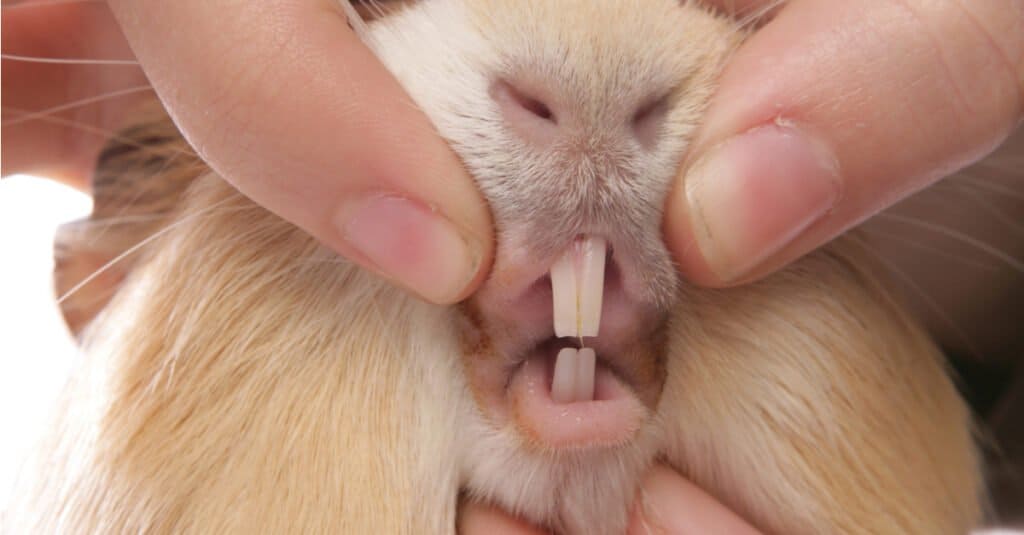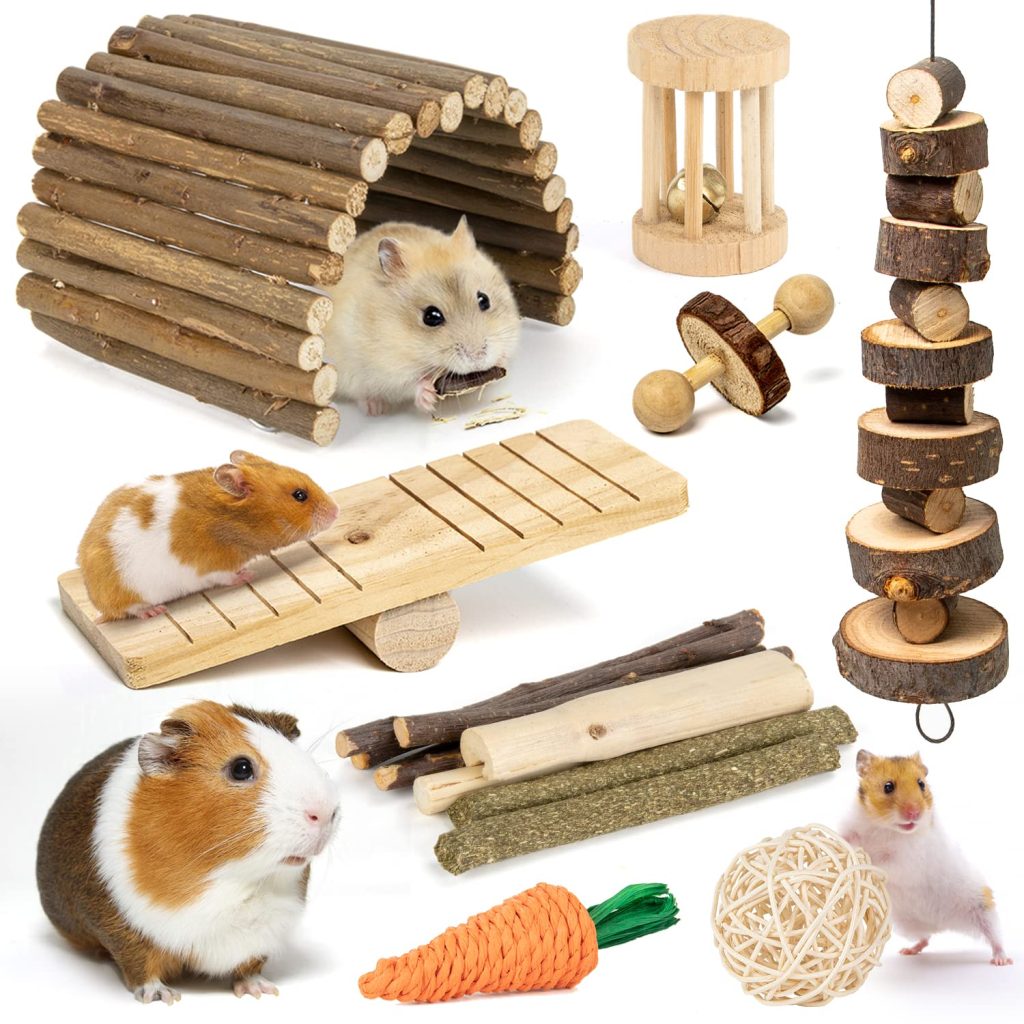Rodents are a diverse group of mammals that belong to the order Rodentia. This order comprises over 2,277 species, making it the largest group of mammals. Rodents are found in almost every habitat on earth, from the humid rainforests to the dry deserts, and from the mountain tops to the sea level. Rodents vary in size from the tiny pygmy jerboa that is just a few centimeters long to the Capybara, which can grow up to 1.3 meters (4.3 ft) in length. They can also be classified into two major groups; the Old World rodents, which are found in Africa, Asia, and Europe, and the New World rodents, which are found in North and South America. The family rodents include species such as mice, rats, voles, squirrels, chipmunks, guinea pigs, and beavers.

- Habitats of Family Rodents
Rodents live in almost all types of habitats, including forests, grasslands, deserts, wetlands, savannas, mountains, and even urban areas. Different species of rodents prefer different habitats depending on their adaptations, food preferences, and behavior.
Forests
Many species of rodents, such as squirrels, chipmunks, and voles, live in the forests. Forests provide excellent cover, food, and shelter to the rodents. The cover helps them avoid predators, while the food and shelter are vital for their survival. The rodents that live in the forests have adapted to climbing trees and running on branches. Some of them also dig burrows in the soil and build nests in the trees.
Grasslands
Grasslands provide an extensive amount of vegetation, which is an essential source of food for many rodents. Prairie dogs, ground squirrels, and kangaroo rats are some of the species that live in the grasslands. These animals have adapted to living in the open grasslands and have developed excellent burrowing skills to escape predators.
Deserts
Despite the challenging conditions, many rodents have adapted to live in the deserts. Some species, such as kangaroo rats, pocket mice, and jerboas, have developed unique adaptations that help them conserve water and survive the extreme temperatures. Some of these adaptations include the ability to go without drinking water for long periods, efficient kidneys, and thick fur that reflects sunlight.
Wetlands
Wetlands such as swamps, marshes, and bogs are home to many species of rodents. Beavers, muskrats, and nutria are some species that live in the wetlands. These animals rely on water for food and building materials for their homes. They have adapted to swimming and can hold their breath for long periods.

- Living Conditions of Family Rodents
Social Structure
Rodents have a diverse social structure, and some species are social, while others are solitary. Social species such as rats and mice live in groups and communicate with each other using sounds and body language. Some species have a hierarchical social structure, where the dominant individual holds the highest rank and has access to food and mates.
Diet
Most rodents are herbivores and feed on a variety of vegetation, including seeds, nuts, fruits, and leaves. Some species, such as rats and mice, are omnivores and will also eat insects, small animals, and even garbage.
Reproduction
Most rodents have a high reproductive rate and can produce several litters of offspring each year. The gestation period for most rodents is relatively short, ranging from a few weeks to a few months. Some species, such as the guinea pig, are social and live in large groups, where several females can mate with a single male.
Shelter
Rodents build burrows or nests for shelter and protection from predators. These structures can be simple or complex, depending on the species and habitat. Some species, such as beavers, build dams to create ponds and streams, while others, such as voles, dig extensive tunnel systems underground.
Predators
Rodents are preyed upon by a variety of animals, including birds of prey, snakes, and carnivorous mammals. As a result, most rodents have developed adaptations to help them avoid predators, such as burrowing underground or having good eyesight and hearing.

Family rodents are a diverse group of mammals that inhabit almost every type of habitat on Earth. They are well adapted to living in a variety of environments and have unique characteristics that allow them to thrive in their respective habitats. Most rodents are social, herbivorous, have a high reproductive rate, and build burrows or nests for shelter and protection from predators. Despite the challenges they face in their environments, rodents continue to be successful and play an essential role in many ecosystems.